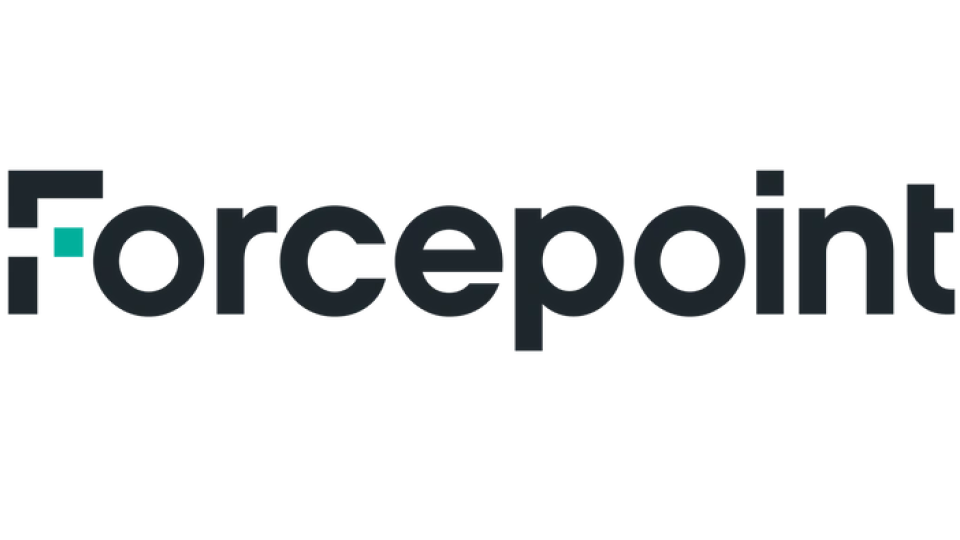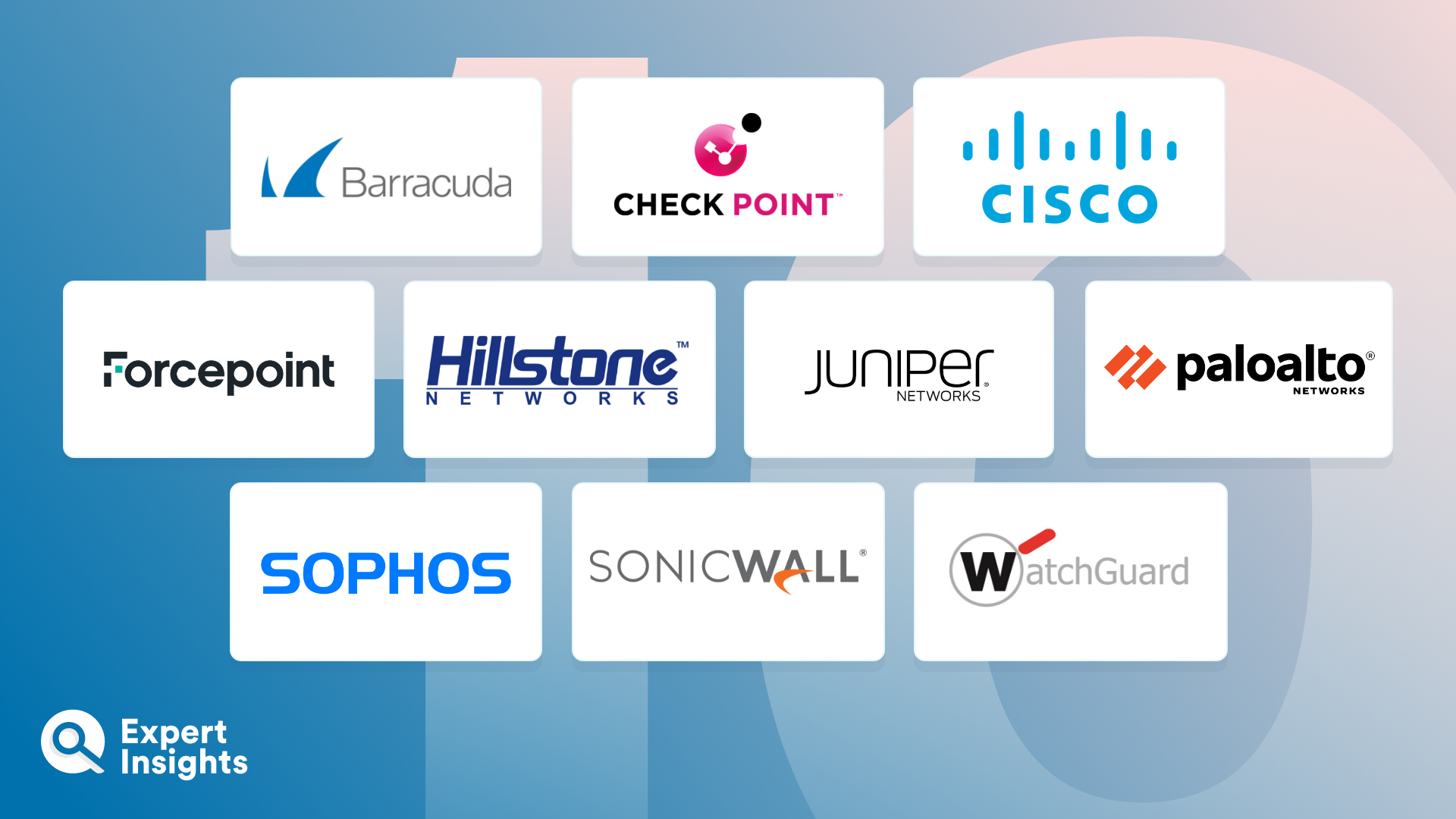What Is A Next-Generation Firewall?
A next-generation (NGFW or nextgen firewall) are part of a third generation of firewalls that aim to go beyond the capabilities of traditional firewall methods with the implementation of extra features. Traditional firewalls usually provide just a stateful inspection of incoming and outgoing traffic. Next-generation firewalls will offer this and more by also delivering intrusion prevention, threat intelligence, and application control capabilities. NextGen firewalls will filter traffic as it moves through a network, with the firewall’s filtering capabilities determined by the ports assigned to applications and traffic.
What Are Some Next-Generation Firewall Features?
Previous first-gen and second-gen firewalls perform packet filtering, stateful inspection, VPN support, port address translation and network address translation. Beyond these features, next-generation firewalls will offer these features integrated into the solution, moving through other network layers to deliver these functionalities:
- Intrusion prevention systems (IPS)
- Advanced malware detection
- Advanced threat protection
- Application awareness and control
- Threat intelligence
- Path upgrades to include future information feeds
- Blocks DDoS attacks
- Deep packet inspection
- URL filtering
- Sandboxing
How Do Next-Generation Firewalls Work?
Network firewalls sit in an organization’s security stack, examining and filtering network traffic as it passes in and out, blocking or redirecting any unauthorized access to the network. It will be situated at the front of a network to act as a gateway, delivering communication and intel to admin teams. All network firewalls will perform stateful inspection into traffic, blocking and permitting traffic based on filters, protocols, ports, and so on.
Next-generation firewalls will perform this and more, including the features listed above. NGFWs’ filtering capabilities will be determined by the tool’s ports assigned to apps and traffic. NGFWs will also operate across more layers in the OSI model than other firewalls, offering more comprehensive and pervasive protection. Its ability to operate across the OSI model means that it can perform deep-packet filtering and layer 7 application filtering, as well as perform the monitoring and blocking of any suspicious activity.
Do I Need A Next-Generation Firewall?
For a lot of organizations operating in the cloud, large organizations, multinational organizations, organizations with hybrid and remote employees, and organizations with a particularly porous network, NGFWs can have a lot of benefits. It aims to deliver the best of both worlds with the robust security of a traditional firewall, with more adaptive and flexible packet inspection that does not hinder network performance. NGFWs can offer companies threat prevention, advanced security capabilities, network visibility, automation, and product integrations. This is especially important for organizations with a flexible, porous and shifting network perimeter.
















